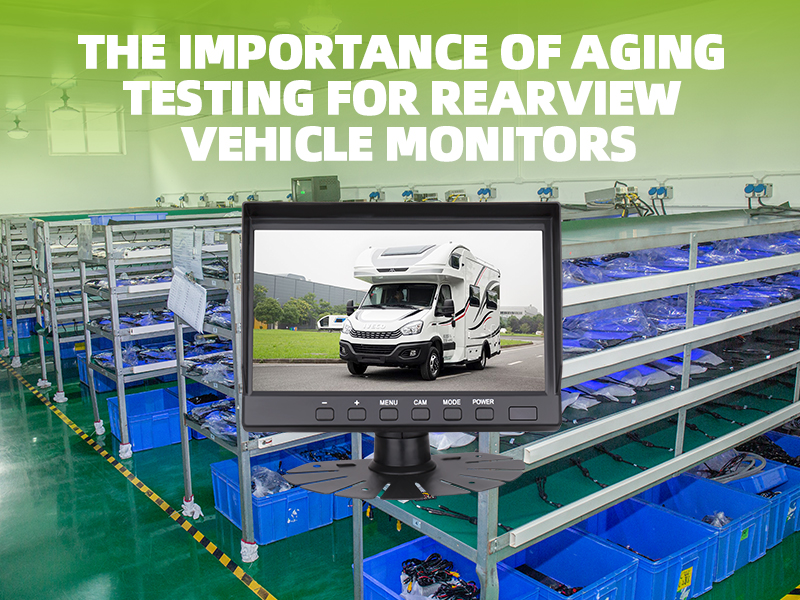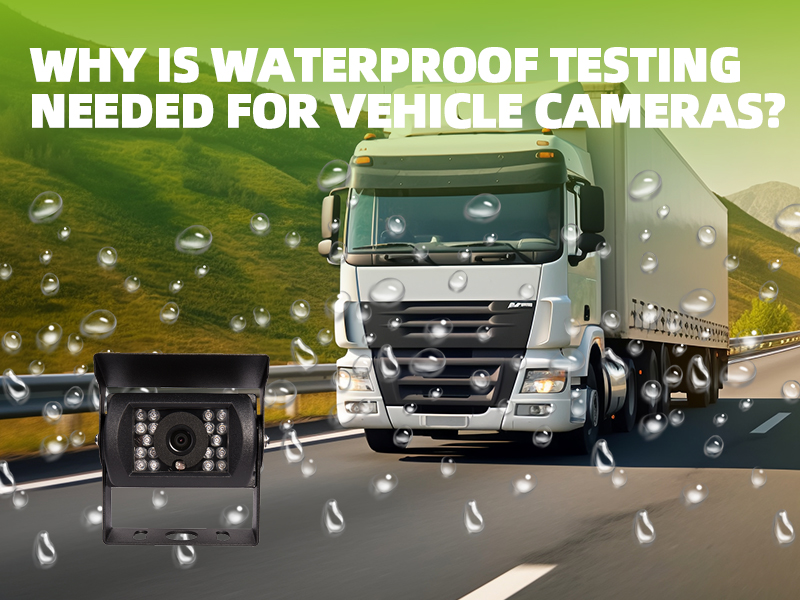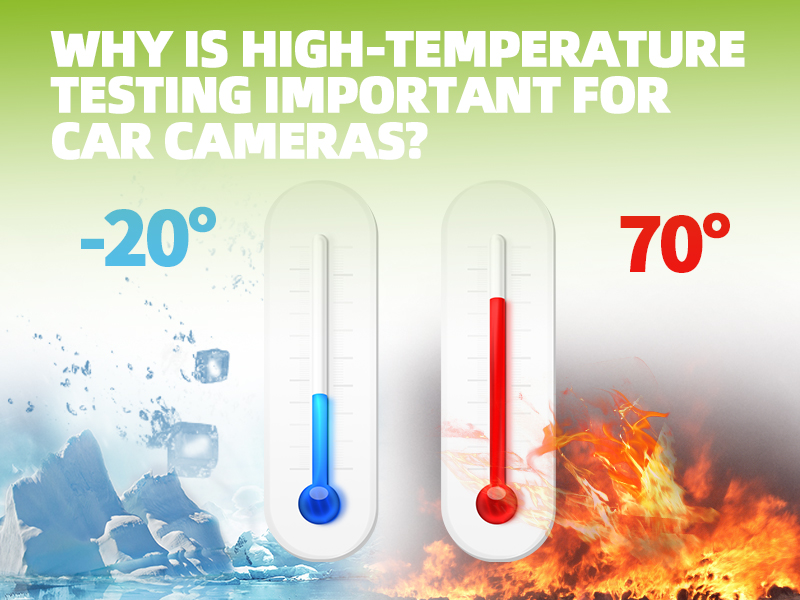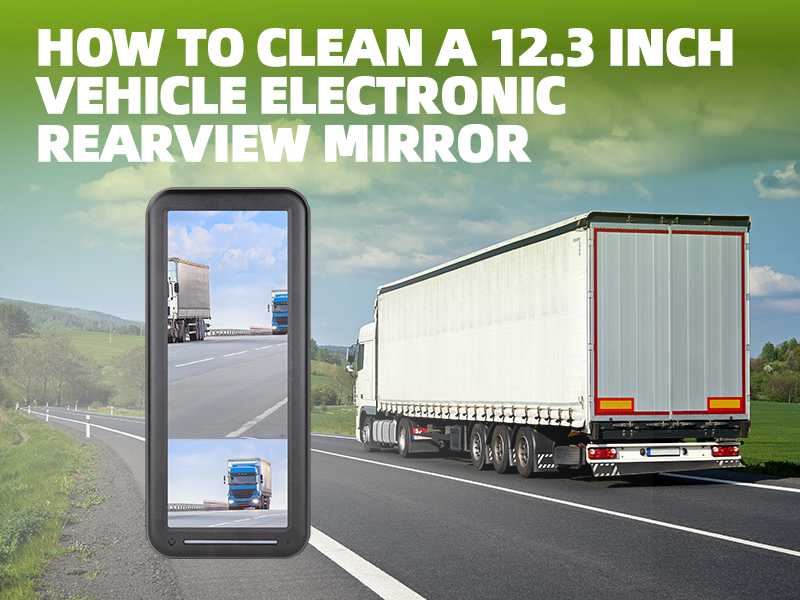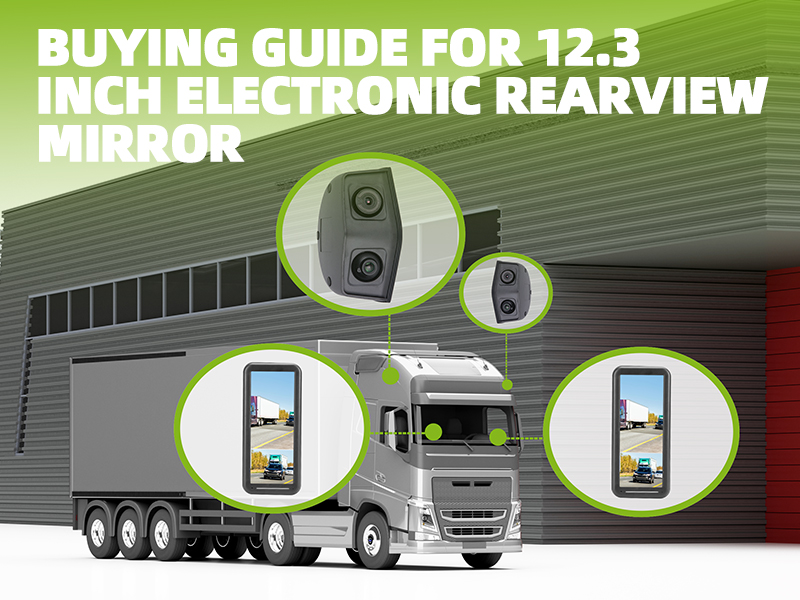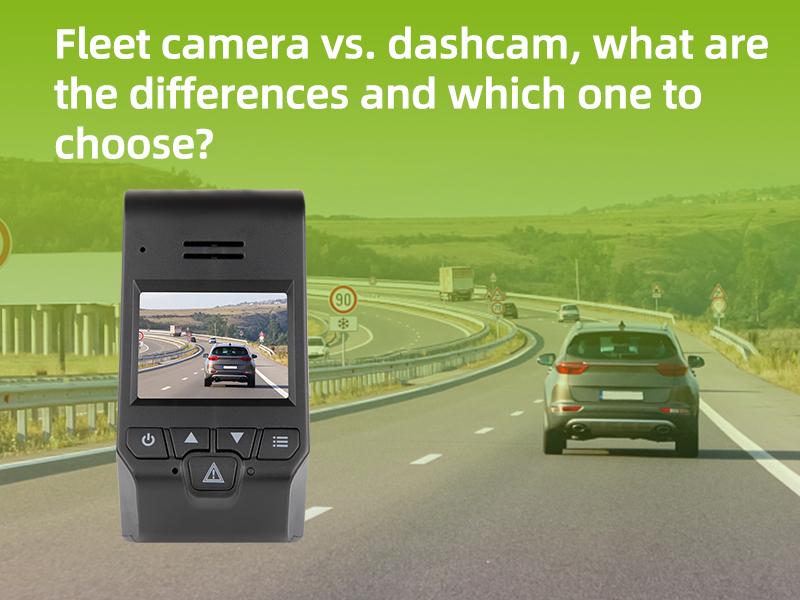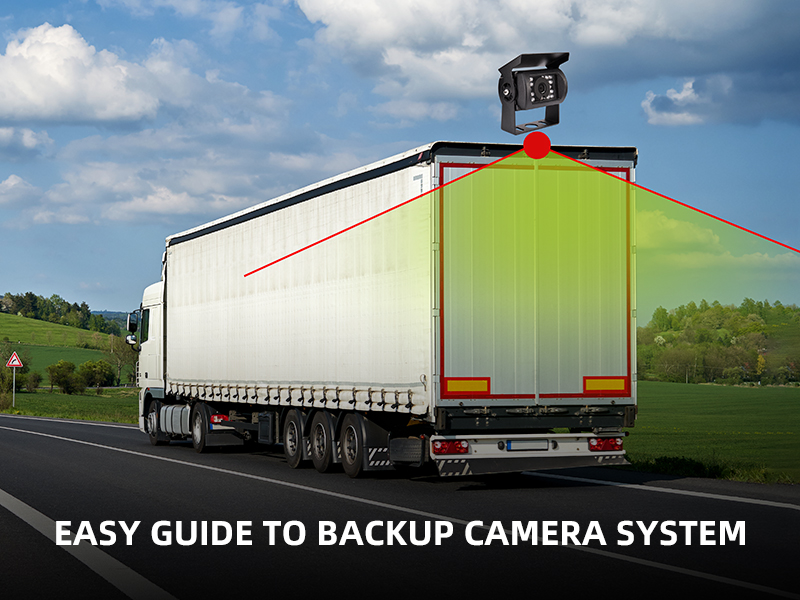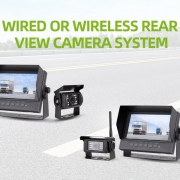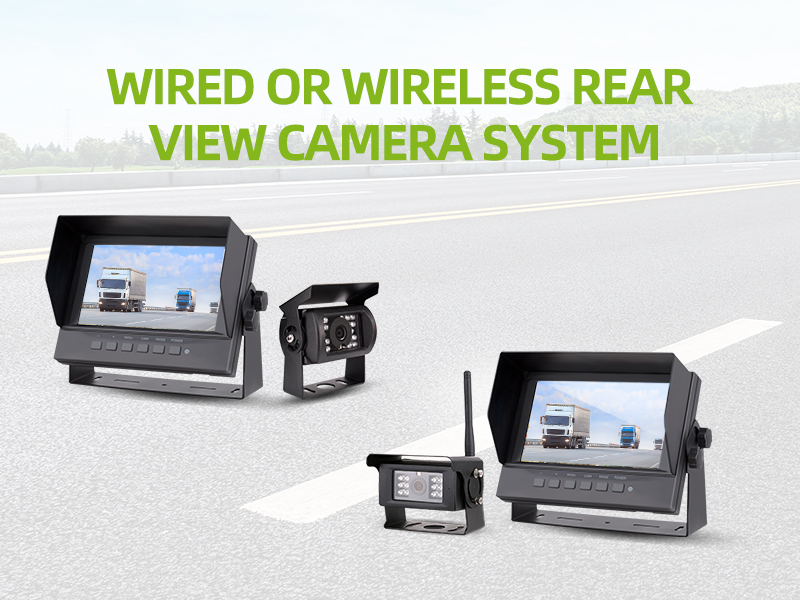¿Por qué es vital la certificación ISO para los proveedores de cámaras para vehículos?
Introducción a la certificación ISO
La certificación ISO es una certificación expedida por la Organización Internacional de Normalización (ISO), que verifica que el sistema de gestión, los procesos de fabricación, los servicios o los procesos de documentación de una organización cumplen todas las normas de calidad y seguridad normalizadas. La certificación ISO goza de amplio reconocimiento mundial y es un símbolo importante del compromiso de una empresa con la mejora continua y la satisfacción de las necesidades del cliente, independientemente del tamaño de la industria.
ISO 9001: Gestión de la calidad para proveedores de la industria del automóvil
La importancia de la norma ISO 9001 en la industria del automóvil para la gestión de la calidad y el cumplimiento de los requisitos legales de la cadena de suministro
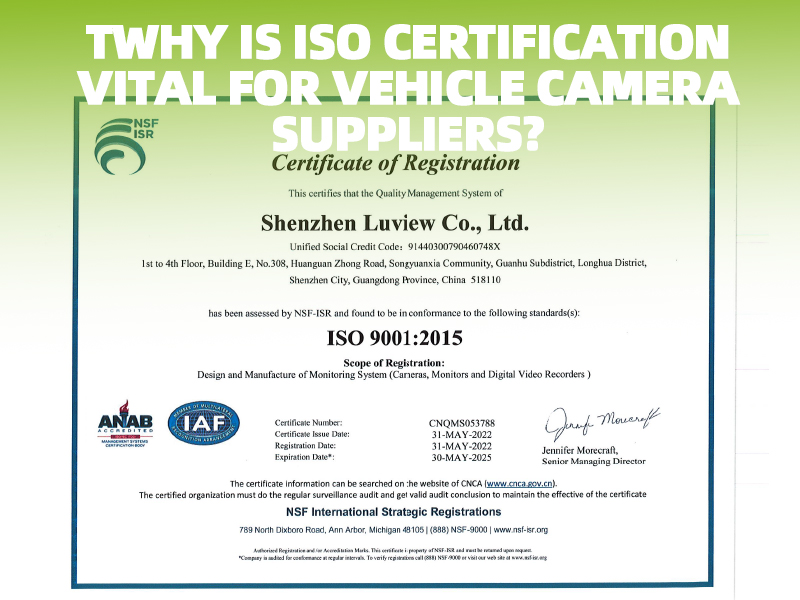
ISO 14001: Gestión medioambiental en la producción de cámaras para vehículos
La importancia de la gestión medioambiental y cómo la norma ISO 14001 ayuda a las empresas automovilísticas a reducir el impacto medioambiental
ISO 14001 es una norma internacional centrada en los sistemas de gestión medioambiental, y reviste especial importancia para los fabricantes de cámaras de vehículos. Esta norma está diseñada para ayudar a las organizaciones a reducir su impacto medioambiental negativo, garantizar el cumplimiento de la normativa medioambiental y mejorar continuamente el rendimiento medioambiental. Mediante la implantación de la norma ISO 14001, las empresas automovilísticas pueden gestionar con mayor eficacia el consumo de energía y recursos en sus procesos de producción, reducir los residuos y disminuir la contaminación. Esto promueve prácticas empresariales sostenibles, no sólo cumpliendo con la responsabilidad social corporativa, sino también mejorando la competitividad del mercado en el panorama actual de consumidores concienciados con el medio ambiente.
ISO 45001: Salud y seguridad en el trabajo en la industria manufacturera
El papel de la norma ISO 45001 en la mejora de la seguridad en el trabajo y la reducción de los riesgos laborales en la producción de cámaras para vehículos
La ISO 45001 es una norma internacional cuyo objetivo es ayudar a las organizaciones a mejorar sus sistemas de gestión de la salud y la seguridad en el trabajo, reducir los riesgos laborales y prevenir lesiones y problemas de salud relacionados con el trabajo. Para las empresas dedicadas a la fabricación de cámaras para vehículos, esta norma es especialmente crucial, ya que sus entornos de producción pueden implicar diversos riesgos potenciales en el lugar de trabajo. Mediante la implantación de la norma ISO 45001, las empresas pueden identificar sistemáticamente los peligros y aplicar medidas eficaces de control de riesgos, mejorando así el rendimiento general en materia de salud y seguridad en el trabajo. Esto no sólo ayuda a proteger la salud y el bienestar de los empleados, sino que también aporta beneficios económicos al reducir los costes asociados a accidentes y enfermedades.
ISO 50001: Gestión de la energía en la automoción
Las ventajas de la norma ISO 50001 para reducir el consumo de energía y fomentar la sostenibilidad en las empresas de automoción
ISO 50001 es una norma internacional centrada en los sistemas de gestión de la energía, que ayuda a las empresas automovilísticas a reducir el consumo energético mediante una gestión sistemática de la energía. Esta norma anima a las organizaciones a controlar, medir, documentar e informar mejor sobre sus flujos de energía, impulsando así la mejora continua del rendimiento energético. Para la industria del automóvil, esto significa reducir los costes y la huella de carbono en el proceso de fabricación de las cámaras de los vehículos y otros componentes de automoción. La implantación de la norma ISO 50001 ayuda a las empresas a identificar y aprovechar las oportunidades de ahorro energético, no sólo reduciendo el impacto ambiental, sino también fomentando el desarrollo sostenible al tiempo que aumentan los beneficios económicos.
ISO 27001: Seguridad de la información en las empresas de automoción
La importancia de la norma ISO 27001 en la protección de datos e información sensibles en la industria del automóvil
ISO 27001 es una norma internacional para Sistemas de Gestión de la Seguridad de la Información (SGSI), crucial para las empresas de automoción debido a su manejo de grandes cantidades de datos sensibles, como información de clientes, datos de empleados y materiales de diseño y desarrollo. ISO 27001 proporciona un marco para ayudar a las organizaciones a proteger esta información de accesos no autorizados y violaciones de datos mediante la aplicación de medidas de seguridad adecuadas. Esto no sólo ayuda a las empresas de automoción a prevenir las vulnerabilidades de seguridad, sino que también aumenta la confianza entre los consumidores y socios, garantizando la continuidad del negocio y el cumplimiento de las normas.
IATF 16949: Calidad en la producción de automóviles
Alineación de la norma IATF 16949 con las normas ISO en la prevención de defectos y la gestión de la calidad en la producción de automóviles
IATF 16949 es una especificación técnica desarrollada en colaboración entre la International Automotive Task Force (IATF) y la Organización Internacional de Normalización (ISO), adaptada específicamente a la cadena de suministro de la industria del automóvil. Se basa en la norma ISO 9001 y su objetivo es promover la gestión continua de la calidad y los procesos de mejora, centrándose en la prevención de defectos y la reducción de residuos en la industria del automóvil. La norma IATF 16949 exige a los fabricantes de automóviles que apliquen sistemas de gestión de la calidad coherentes en todo el proceso de producción y montaje para garantizar la entrega de productos y servicios de alta calidad. Esta norma ayuda a los proveedores de la industria del automóvil a seguir siendo competitivos en el mercado mundial y a satisfacer las crecientes demandas de seguridad y fiabilidad de los automóviles por parte de los consumidores.
Estudio de caso de la certificación ISO en la industria del automóvil
En el sector de la automoción, la obtención de certificaciones ISO como ISO 9001 e IATF 16949 puede proporcionar una ventaja competitiva porque representan un compromiso con la calidad, la seguridad y la eficiencia. Las certificaciones ISO no sólo ayudan a las empresas a cumplir las mejores prácticas internacionales y los requisitos normativos, sino que también aumentan la confianza de consumidores, proveedores e inversores. Luview, por ejemplo, ha obtenido los certificados ISO 9001 e IATF 16949, que han elevado la reputación y el valor de marca de la empresa. Esto demuestra la dedicación de Luview a suministrar productos de alta calidad acordes con las normas internacionales más exigentes.



